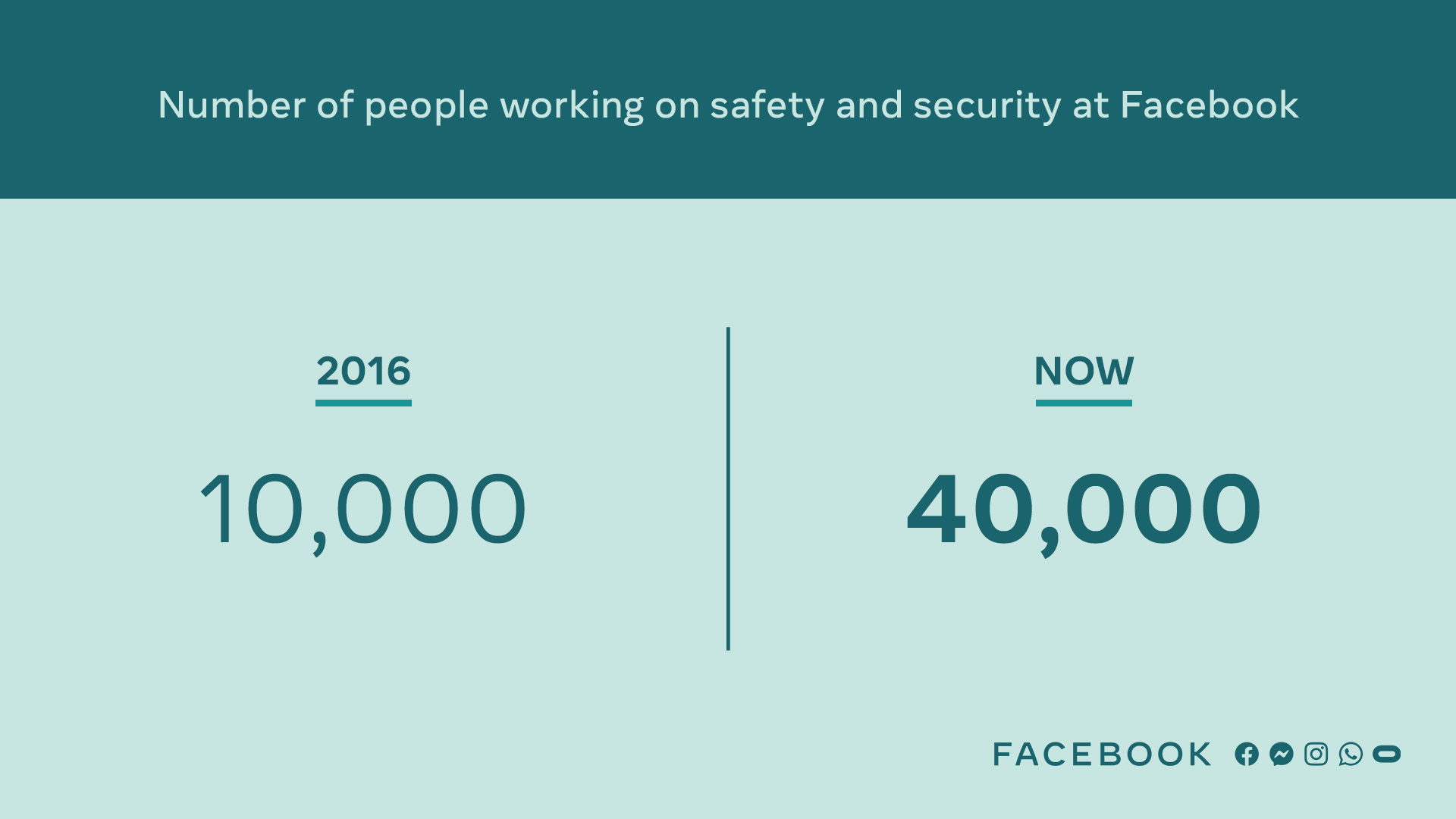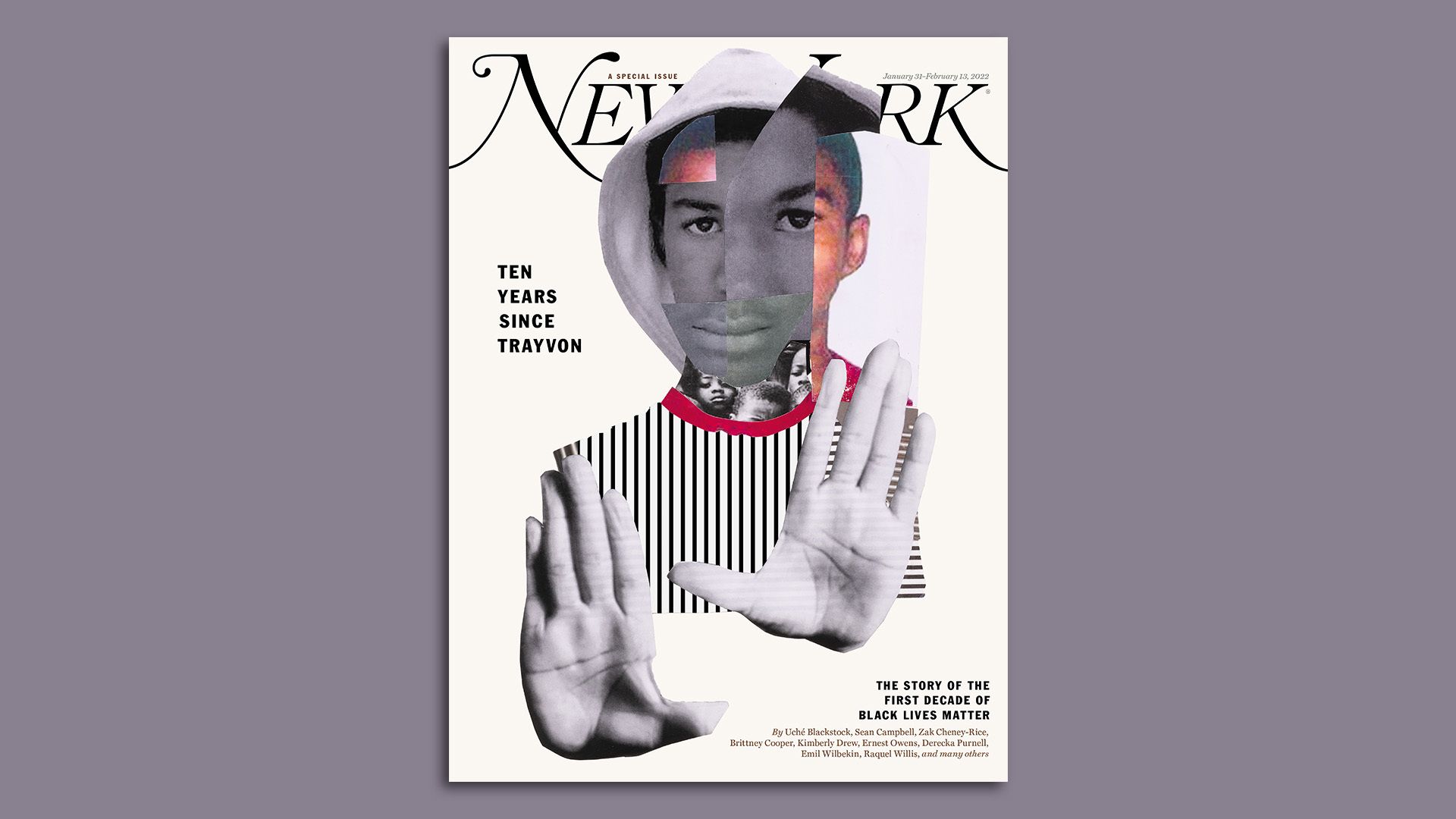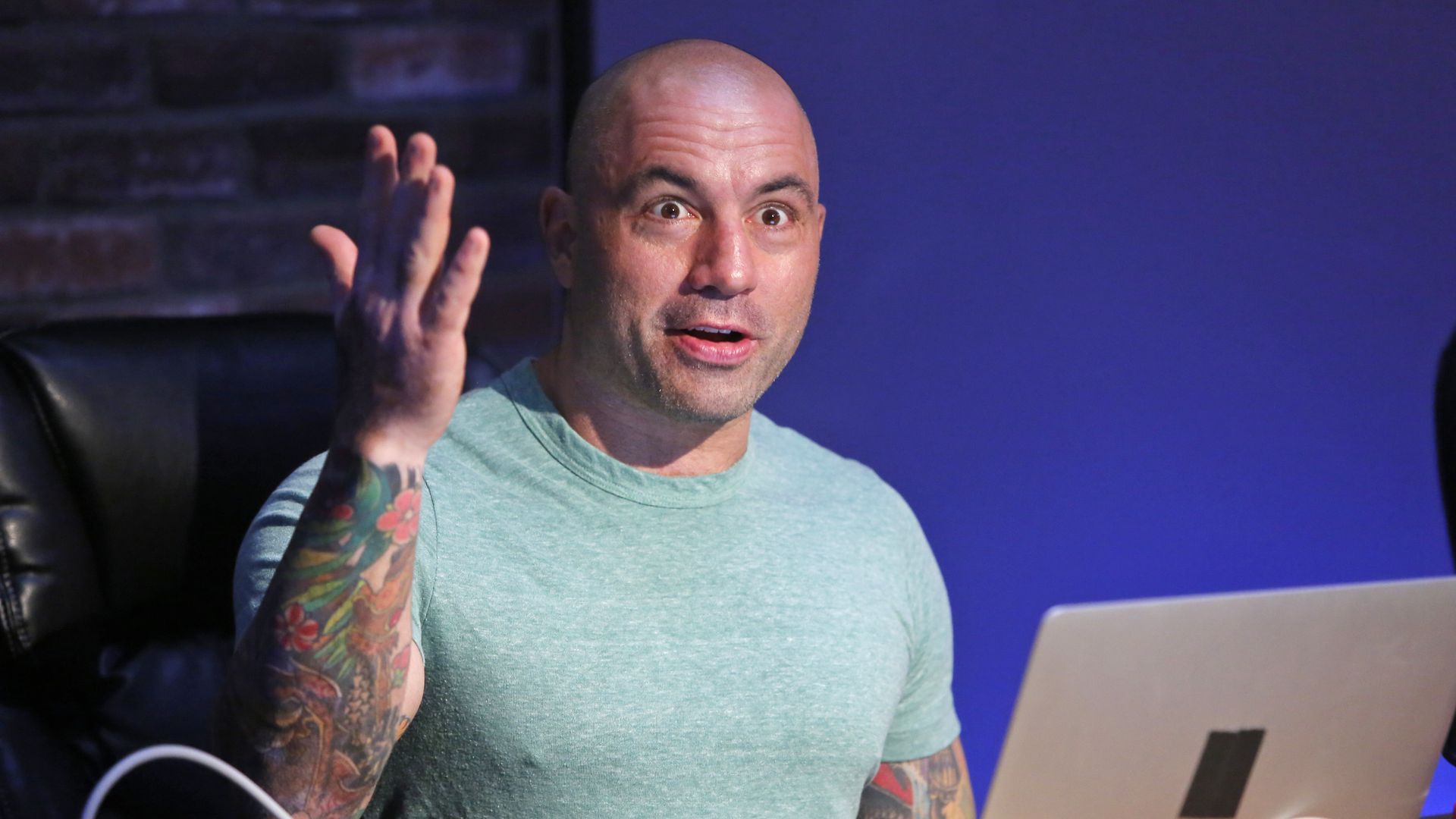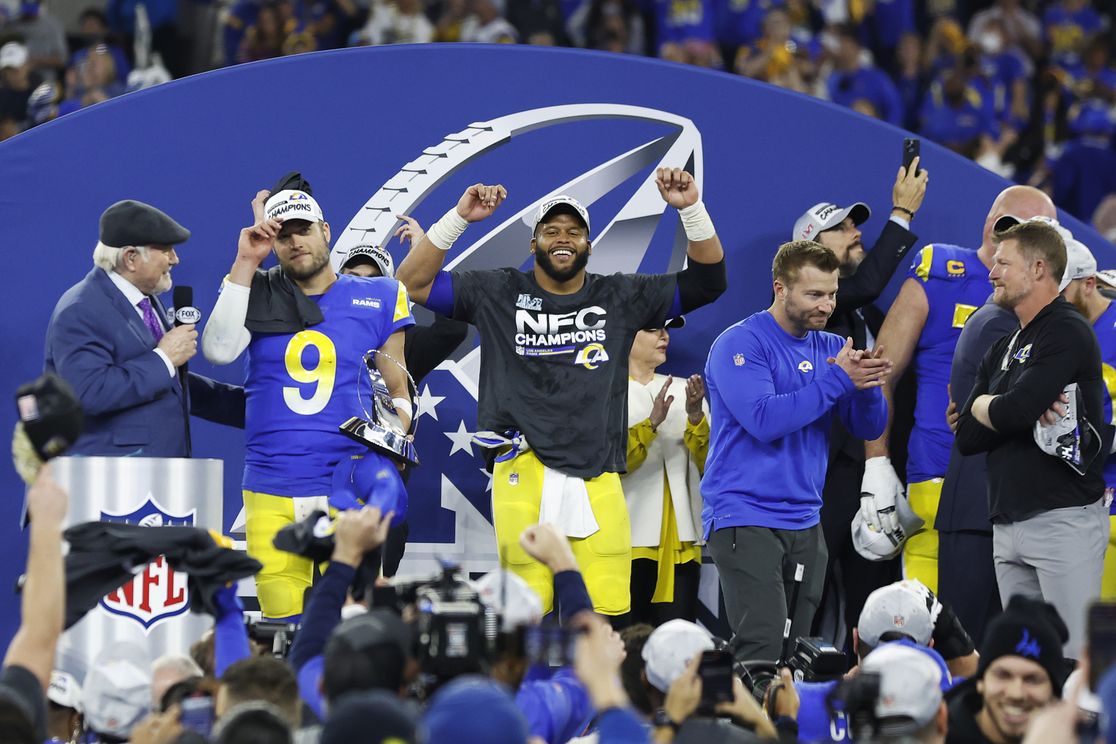| | | | | | | Presented By Facebook | | | | Axios AM | | By Mike Allen ·Jan 31, 2022 | | Good Monday morning! Smart Brevity™ count: 1,497 words ... 5½ minutes. Edited by Zachary Basu. | | | | | | 1 big thing: Omicron Olympics |  | | | Illustration: Brendan Lynch/Axios | | | | Health experts are worried the Beijing Olympics, which open Friday, offer the perfect conditions for a COVID outbreak: - That's because of the lightning-fast spread of Omicron, vaccines' weakened protection against it, and a mentality that the Games must go on in spite of the risks, Axios health care editor Tina Reed writes.
Why it matters: These Winter Games boast a "closed-loop system" that has been called the strictest ever created for a global sporting event. But China's protocols seem more focused on keeping COVID from escaping the loop than protecting those inside it. - The rules even direct locals not to help if an Olympics vehicle gets in an accident.
- "China has made their decision, and they're gonna steamroll this thing," Apolo Ohno, the most decorated American Olympian at the Winter Games, told Rolling Stone.
State of play: Omicron is still spreading fast, and now there are new warnings of an even more contagious version of the variant. What's happening: As with the Summer Olympics in Tokyo, an International Olympic Committee playbook lays out a COVID safety strategy that begins well before an athlete's departure for the Games. - Competitors and journalists must test negative to enter China, must wear masks in public areas, and are told to social-distance, practice hand hygiene and get tested for COVID daily.
- Unlike the Tokyo Games, China is also requiring vaccinations or quarantine for 21 days after arrival. Delegations have been told to use higher quality respirator masks, including N95s or KN95s.
- Locals working within the closed-loop system won't be able to return to their homes until they've been quarantined. Even trash will be held in isolation.
Share this story. |     | | | | | | 2. White House braces for bad Omicron jobs numbers |  Data: Bureau of Labor Statistics. Graphic: Axios Visuals Job growth numbers may be about to turn negative for the first time since President Biden took office, Axios chief economic correspondent Neil Irwin writes. - Vast numbers of Americans missed work this month due to the Omicron variant, which is likely to drag down January jobs numbers.
Why it matters: In a winter of economic discontent, the job market has been booming. The virus surge undermined that in January. The White House, which is seeking to get ahead of potential negative headlines, believes these effects will be temporary. - "Forecasters see a large Omicron effect on employment in January, but expect that to reverse in future months as we see the wave beginning to come down," David Kamin, deputy director of the White House National Economic Council, tells Axios. "That is very different from overall trends in the economy looking ahead."
What's happening: Jobs numbers are based on how many people are working during a "survey reference week," which is generally the calendar week that includes the 12th of the month. That was Jan. 9 to Jan. 15. - COVID cases peaked in precisely that span, with the highest seven-day average case count coming on Jan. 15, according to the CDC.
- Hourly workers who weren't paid that week — because they were out sick, caring for someone, quarantining, or because their employer temporarily shut down — would subtract from payrolls.
👀 What we're watching: That explains why forecasters surveyed by FactSet are projecting only 162,500 jobs added in January, which would be the weakest since December 2020. There is some reason to think the number could turn out to be significantly worse than that. |     | | | | | | 3. Rising workplace benefit: Fertility services |  | | | Illustration: Sarah Grillo/Axios | | | | Employers are beefing up benefits packages to lure workers in a tight labor market, and many are adding pricey fertility benefits — including in-vitro fertilization and egg freezing. - Why it matters: Benefits around fertility and family-building had long been overlooked by employer health care plans, Erica Pandey writes for Axios What's Next.
What's happening: In the past, many companies have avoided offering fertility benefits due to concerns about the cost, Erin Dowling of Mercer writes. But the rise in the number of fertility clinics — and growing demand for their services — is driving down the price. - 97% of employers who provide this coverage say it has not resulted in a significant increase in medical plan costs, per a Mercer survey.
- Some companies — including Nike, Johnson & Johnson and IBM — even help with the costs of adoption.
Keep reading. |     | | | | | | A message from Facebook | | Facebook puts your safety and security front-and-center | | |  | | | Since July, Facebook's safety and security teams have taken action on: - 1.8 billion fake accounts.
- 9.8 million terrorism-related posts.
But our work to stop bad actors is never done. Learn more about how we're working to help you connect safely. | | | | | | 4. 🎾 Pic du jour: Tennis triumph | | Combo photo: AFP via Getty images Spain's Rafael Nadal, 35, with trophies of his record 21 men's tennis Grand Slam victories, from the French Open in 2005 to yesterday's comeback at the Australian Open in Melbourne. - That puts Nadal one ahead of Roger Federer and Novak Djokovic, his longtime rivals in the Big Three.
See 21 Nadal stats. |     | | | | | | 5. Ten years after Trayvon Martin |  | | | Cover art: Mixed media artist Deborah Roberts | | | | "On February 26, 2012, 17-year-old Trayvon Martin was shot and killed by George Zimmerman in Sanford, Florida, because as a Black boy walking in a gated community, he was deemed 'suspicious,'" New York magazine writes in introducing a 59-page special section. - The big picture: "Zimmerman's acquittal appalled a nation often willfully blind to the vulnerability of living while Black. Ten years later, 'Black Lives Matter' has grown from a hashtag to a protester's cry to a cultural force that has reshaped American politics, society, and daily life."
Lindsay Peoples Wagner, editor-in-chief of the magazine's The Cut, says the idea for the issue came to her in the months following a series of conversations with the families of Tamir Rice and Breonna Taylor. - "I still have the photo of myself wearing a hoodie, with Skittles in my pocket, protesting Trayvon's death in Iowa in 2012," Peoples Wagner says. "Trayvon's life and legacy changed my life."
Explore the section ... About the special issue. |     | | | | | | 6. George Packer: What Biden should have done | | Above: Afghans camp near Hamid Karzai International Airport in Kabul on Aug. 24, as a U.S. C-17 takes off overhead. Photo: Andrew Quilty/Agency VU'. By kind permission of The Atlantic In the March issue of The Atlantic, staff writer George Packer presents a 20,000-word, 30-page indictment of America's withdrawal from Afghanistan — "The Betrayal," the magazine's longest feature in years: - "While waiting for Kabul to fall," Packer writes, "the administration could have timed the military withdrawal to support evacuations, rather than pulling out all the hard assets while leaving all the soft targets behind."
It could have created an interagency task force, vested with presidential authority and led by an evacuations czar — the only way to force different agencies to coordinate resources in order to solve a problem that is limited in scope but highly complex. It could have assembled comprehensive lists of thousands of names, locations, email addresses, and phone numbers — not just for interpreters ... but for others at risk, including women ... Afghan people climb atop a plane at Kabul airport on Aug. 16. Photo: Wakil Kohsar/AFP via Getty Images It could have begun to quietly organize flights on commercial aircraft in the spring — moving 1,000 people a week — and gradually increased the numbers. It could have used the prospect of lifting sanctions and giving international recognition to a future Taliban government as leverage, demanding secure airfields and safe passage for Afghans whom the Americans wanted to bring out with them. It could have used airfields in Herāt, Mazar-i-Sharif, Jalalabad, and Kandahar while those cities remained out of Taliban control. It could have drawn up emergency plans for Afghan evacuations and rehearsed them in interagency drills. It could have included NATO allies in the planning. "It could have shown imagination and initiative," Packer adds. "But the administration did none of this. Instead, it studied the problem in endless meetings." |     | | | | | | 7. Spotify won't take action against Joe Rogan |  | | | Photo: Vivian Zink/Syfy/NBCU Photo Bank/NBCUniversal via Getty Images | | | | Spotify CEO Daniel Ek is refusing to take action against the platform's most popular podcaster, and has instead vowed to be more transparent about content rules and add advisories to podcasts that discuss COVID-19, Axios Media Trends author Sara Fischer writes. - Why it matters: Spotify is facing a very public boycott over its handling of an ultimatum from musician Neil Young, who demanded his music be taken down unless the streamer addressed vaccine misinformation spread by Joe Rogan.
Spotify inked an exclusive, multi-year deal to distribute all of Rogan's podcasts in 2020, reportedly for over $100 million. - "The Joe Rogan Experience" is by far the most popular show on the platform, with millions of streams per episode.
- Rogan denied last night that he promoted misinformation, but said he would "try harder to get people with differing opinions" on his show and "do my best to make sure I've researched these topics."
Keep reading. |     | | | | | | 8. 🏈 Super Bowl in L.A.: Bengals vs. Rams | | Fox's Terry Bradshaw with Rams' Matthew Stafford, Aaron Donald and head coach Sean McVay. Photo: Christian Petersen/Getty Images The NFL scriptwriters outdid themselves again, with two more thrillers for America's favorite TV show, Axios Sports editor Kendall Baker writes: - Bengals 27, Chiefs 24 (OT): Cincinnati erased an 18-point deficit to beat heavily favored Kansas City and clinch the Bengals' first Super Bowl appearance in 33 years.
- Rams 20, 49ers 17: L.A. had lost six straight games to the 49ers, and looked poised to make it seven. But a fourth-quarter rally in the Rams' house — SoFi Stadium — snapped the streak, and set up a date on the same turf in two weeks.
The Rams opened as 3.5-point favorites for the Feb. 13 big game. Photo: Jamie Squire/Getty Images) Who Dey! Bengals defensive tackle Tyler Shelvin hoists quarterback Joe Burrow after their 27-24 overtime win against the Kansas City Chiefs at Arrowhead Stadium in Kansas City. |     | | | | | | A message from Facebook | | Facebook is committed to your safety and security online | | |  | | | | We've invested more than $13 billion in teams and technology to stop bad actors and remove illicit content. Since July, we've taken action on: - 1.8 billion fake accounts.
- 26.6 million violent and graphic posts.
- 9.8 million terrorism-related posts.
Find out how we're working to enhance safety. | | | | 📬 Was this email forwarded to you? Sign up here for your own personal copy of Axios AM and Axios PM. |  | Bring the strength of Smart Brevity® to your team — more effective communications, powered by Axios HQ. | | | |














No comments:
Post a Comment